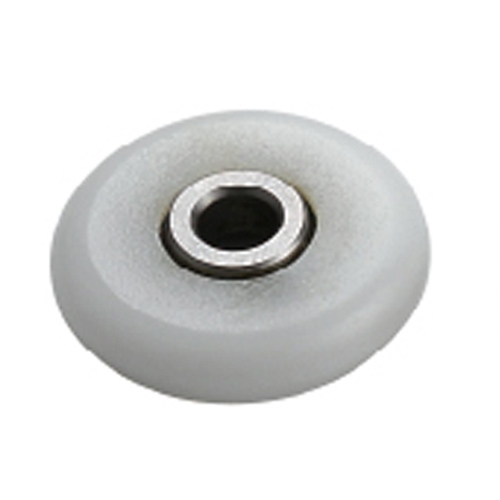Load generated by bearing
In face-to-face installation, the shaft expands radially and axially, bearing and the inner ring spacer is longer, which expands faster than the outer ring spacer. This thermal expansion will cause additional axial load on the two inner rings, increasing the preload of the bearing.
On the contrary, in back-to-back installation, the axial expansion of the inner ring spacer tends to reduce the bearing preload rather than increase the preload.
Installed back-to-back in pairs, the two bearings in the middle are installed face-to-face. As mentioned above, during operation, the temperature difference causes the preload of these inner bearings to increase. This installation method is not recommended.

When the shaft temperature is higher than the bearing pedestal, excessive axial load is generated on the two outer bearings. The two inner bearings are unloaded, resulting in a vicious cycle of increased temperature rise, increased preload and destruction of lubricant, which is also an unacceptable installation arrangement and is also not recommended.
The axial expansion of such installed shaft and inner ring spacer does not increase the axial load or bearing preload.
In order to prevent the increase of preload caused by thermal expansion, it is best to install the bearings for the machine tool spindle back-to-back. When two pairs of bearings are used, each pair shall be installed in series, but the arrangement is back-to-back.
Bearing:
Bearing is a component that plays a role in fixing, rotating and reducing load friction coefficient in the process of mechanical transmission. It can also be said that when other parts move relative to each other on the shaft, it is used to reduce the friction coefficient in the process of motion force transmission and keep the central position of the rotating shaft fixed.
bearing is an important component in contemporary mechanical equipment. Its main function is to support the mechanical rotating body to reduce the mechanical load friction coefficient of the equipment in the transmission process. Its accuracy, performance, service life and reliability play a decisive role in the accuracy, performance, service life and reliability of the main engine. According to the different friction properties of moving elements, bearings can be divided into rolling bearings and sliding bearings.












